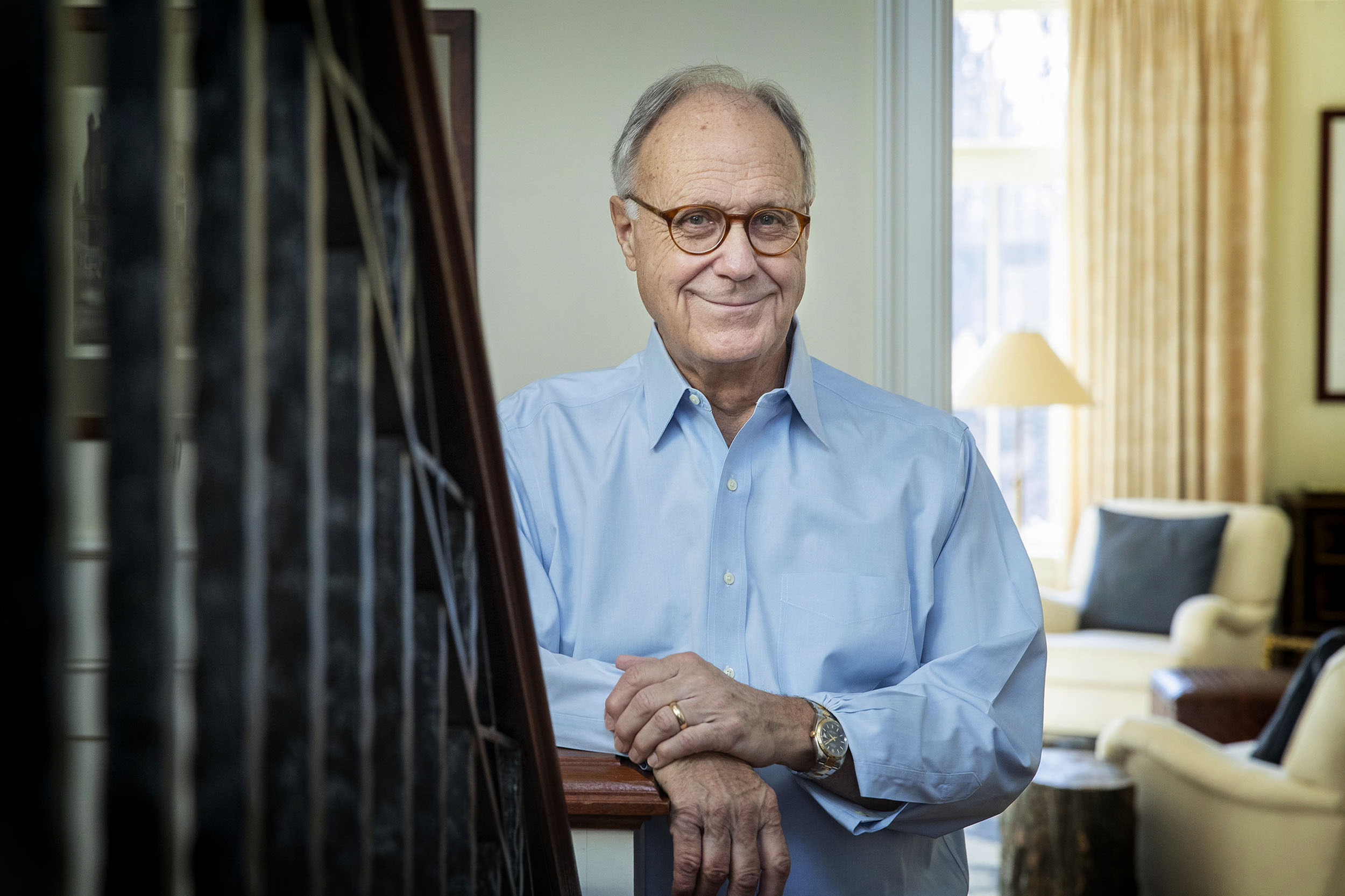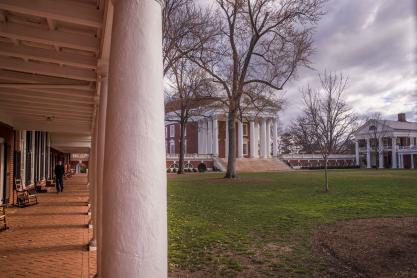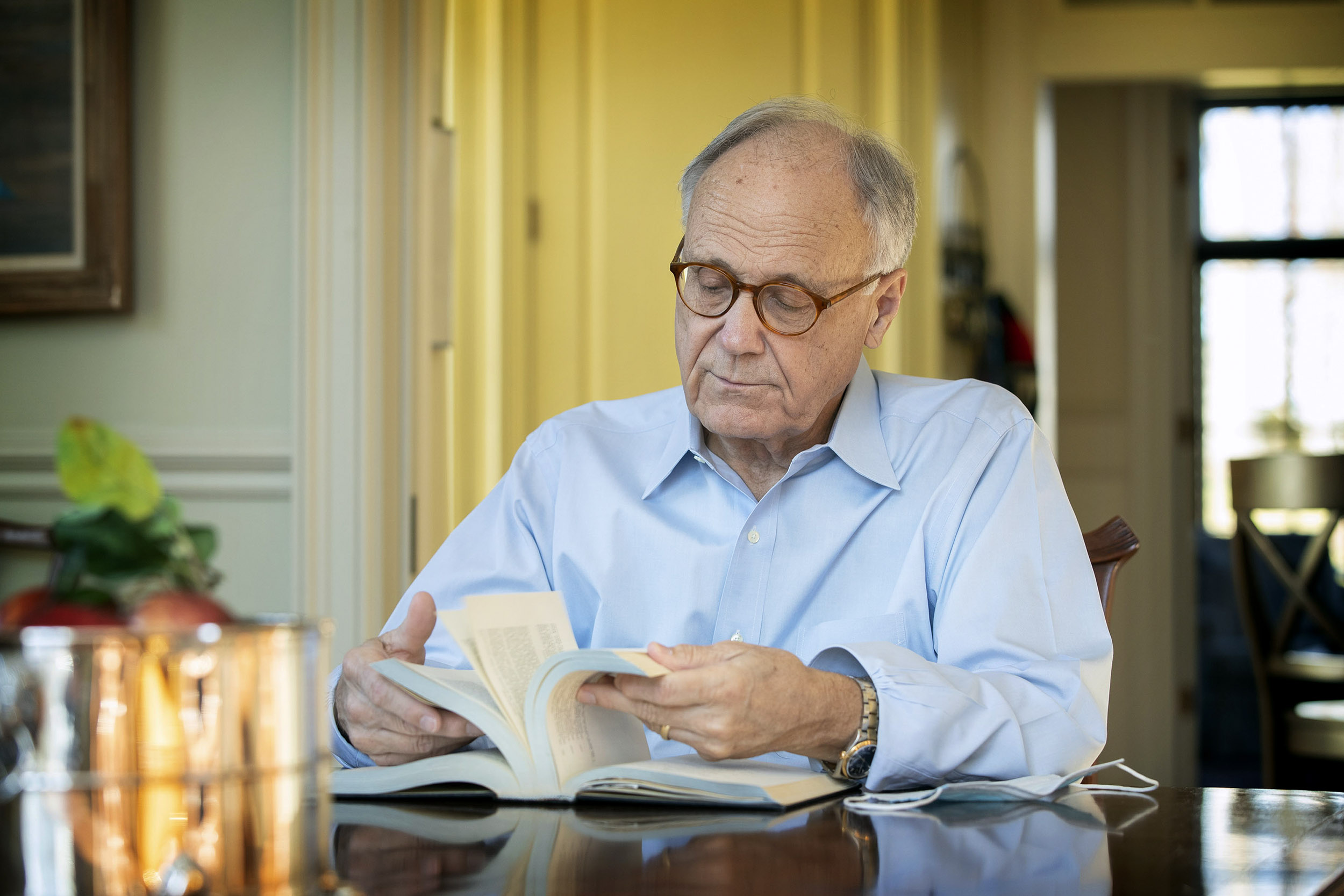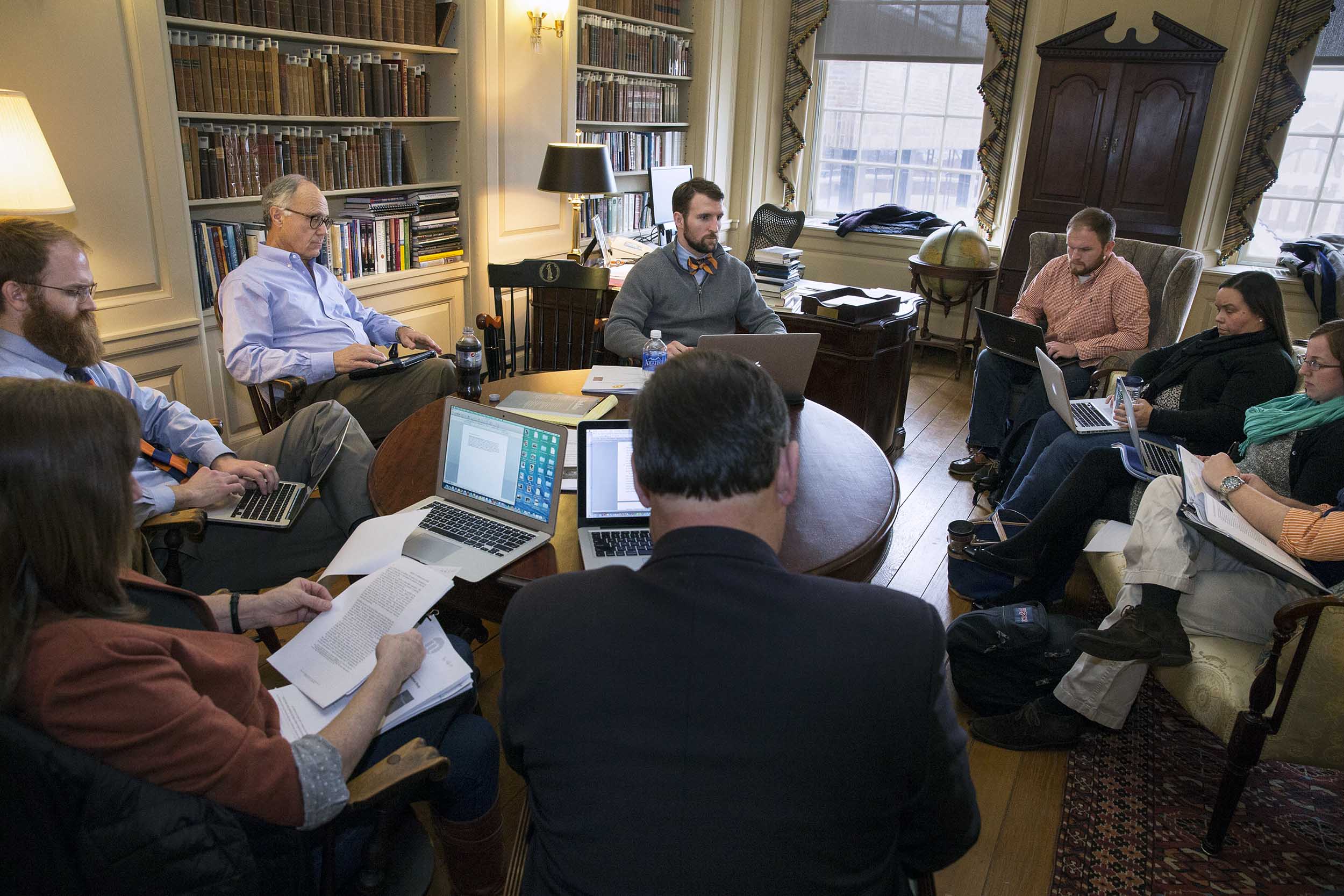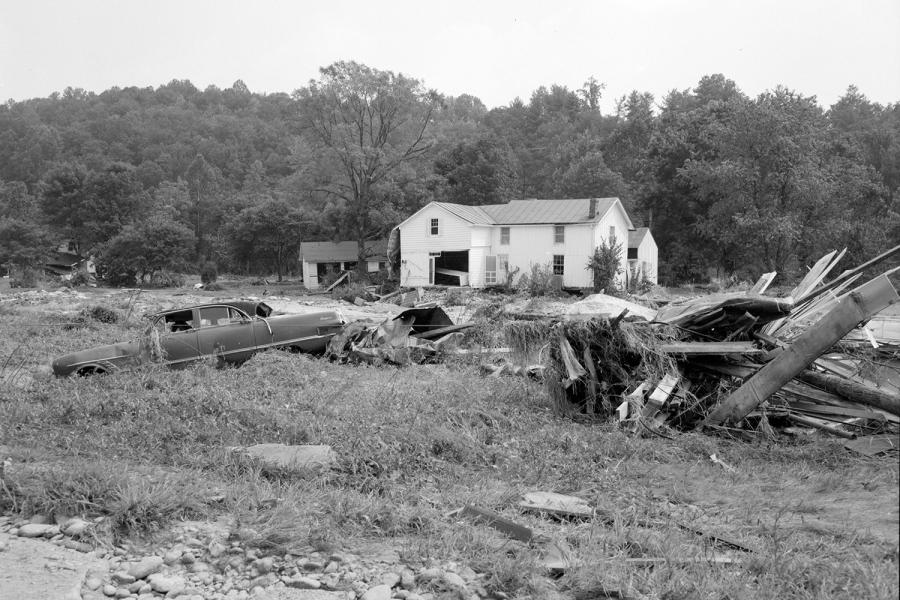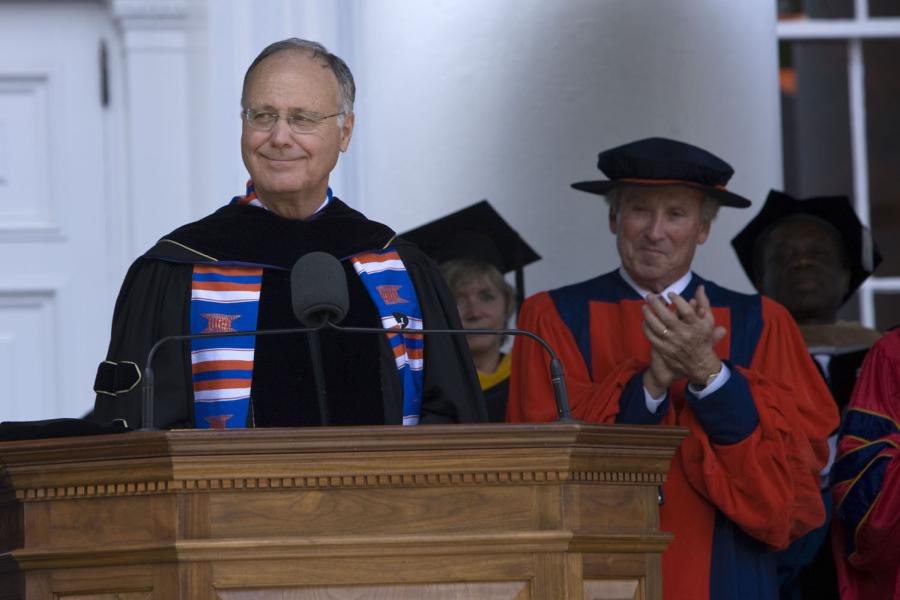Of all the education roles he has taken on, University of Virginia President Emeritus John T. Casteen III continues to play the part of scholar, studying old Icelandic sagas.
He recently wrapped up a decade of teaching since stepping down from the presidency in 2010, having led UVA for 20 years, making him one of the longest-serving – as well as most successful – university presidents in the modern era.
At the end of the fall semester, after teaching remotely during the quarantine year, he retired from his faculty post (although he doesn’t discount the possibility of some kind of teaching again). Officially a University Professor, Casteen last taught English department courses in “Introduction to Old English” and “Old Icelandic Literature in Translation: The Sagas.” This early northern European literature – the latter originally in the language of the Vikings – is his original area of scholarship.
“The courses were the best part of this decade,” Casteen said. “I really enjoyed teaching. Students got really engaged with this material.”
In recent years, the courses filled to the 30-student enrollment capacity. Casteen said when he took the same subject from the renowned English professor Robert Kellogg more than 50 years ago, there were just a few students in those classes.
Lately, universities have seen a nationwide uptick in student interest in the culture and time period these sagas come from, he said, which also is reflected in popular culture and continuing archaeological discoveries. These are very old narratives written during the 12th and 13th centuries about events set in the period around 1000 CE – and there are hundreds of them. In fact, sagas are still being written today.
